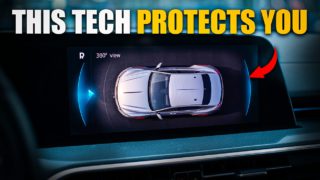Anyone who’s ever watched a classic car crash test knows the drill: what looks gorgeous rolling down Main Street becomes a death trap the moment physics gets involved. Mid-20th century automobiles prioritized style over survival, turning everyday commutes into inadvertent extreme sports. These eliminated features remind us why modern safety standards exist—and why nostalgia stops at the curb.
17. Non-Collapsible Steering Columns
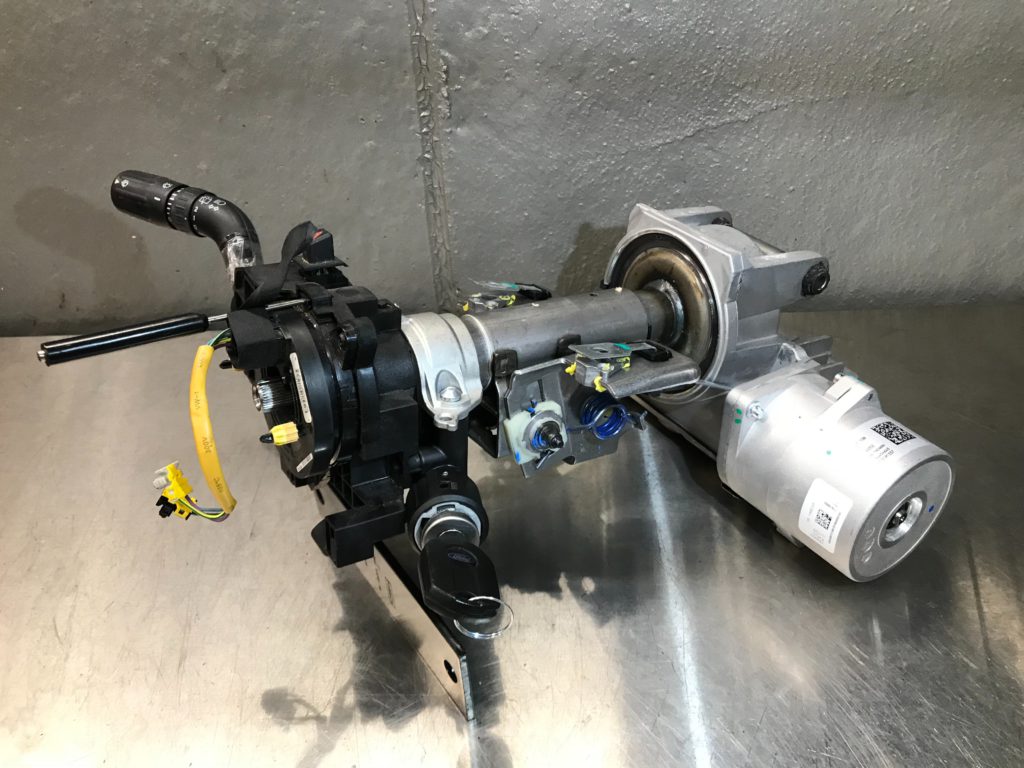
Early steering columns turned into deadly spears during frontal collisions.
Rigid steel shafts ran straight from the steering wheel to the front axle, with zero give during crashes. When cars hit something solid, these columns punched through drivers’ chests like medieval lances. The design persisted until collapsible columns became standard in the late 1960s, finally allowing steering wheels to absorb impact rather than deliver it.
16. Lap-Only Seat Belts
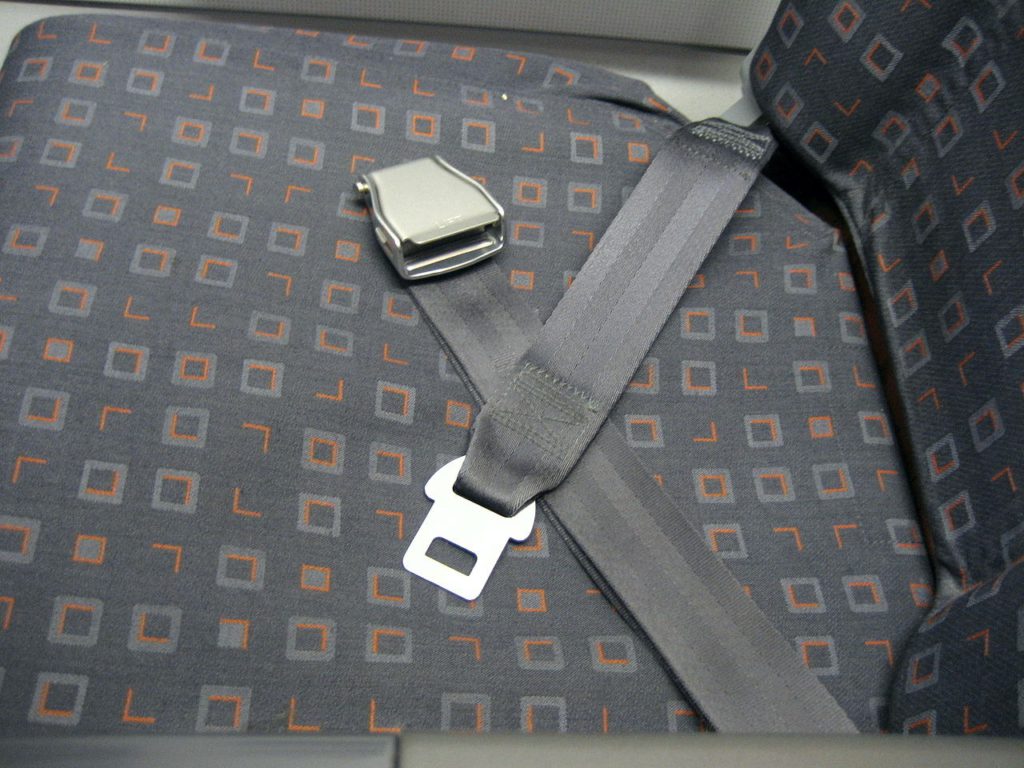
Single-strap belts prevented ejection but crushed internal organs in the process.
These waist-only restraints kept passengers inside the vehicle while concentrating all crash forces on their abdomen. “Seat belt syndrome” became medical shorthand for the crushed organs and spinal injuries these belts caused. Volvo introduced the three-point belt in 1959, but American manufacturers delayed adoption due to cost concerns—proving that accountants make terrible crash test dummies.
15. Steel Dashboards
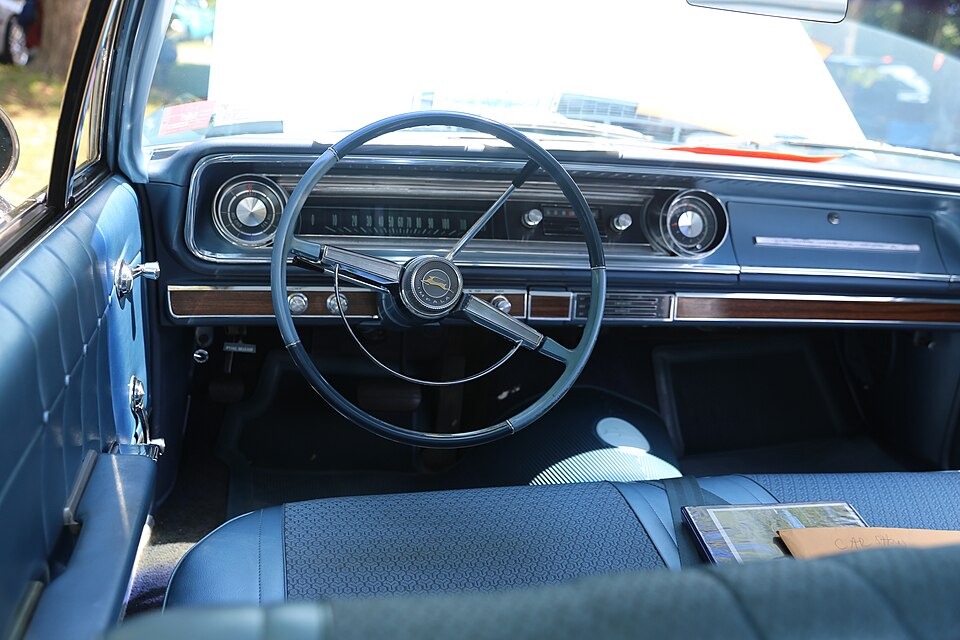
Unpadded metal surfaces turned minor accidents into skull-fracturing disasters.
Dashboards were essentially decorative anvils trimmed with sharp chrome edges. Any forward motion during a crash meant direct contact with unforgiving steel, causing frequent skull fractures and lacerations. European manufacturers pioneered padded alternatives earlier, but American cars didn’t mandate dashboard padding until federal standards forced the issue in 1968.
14. Missing Head Restraints
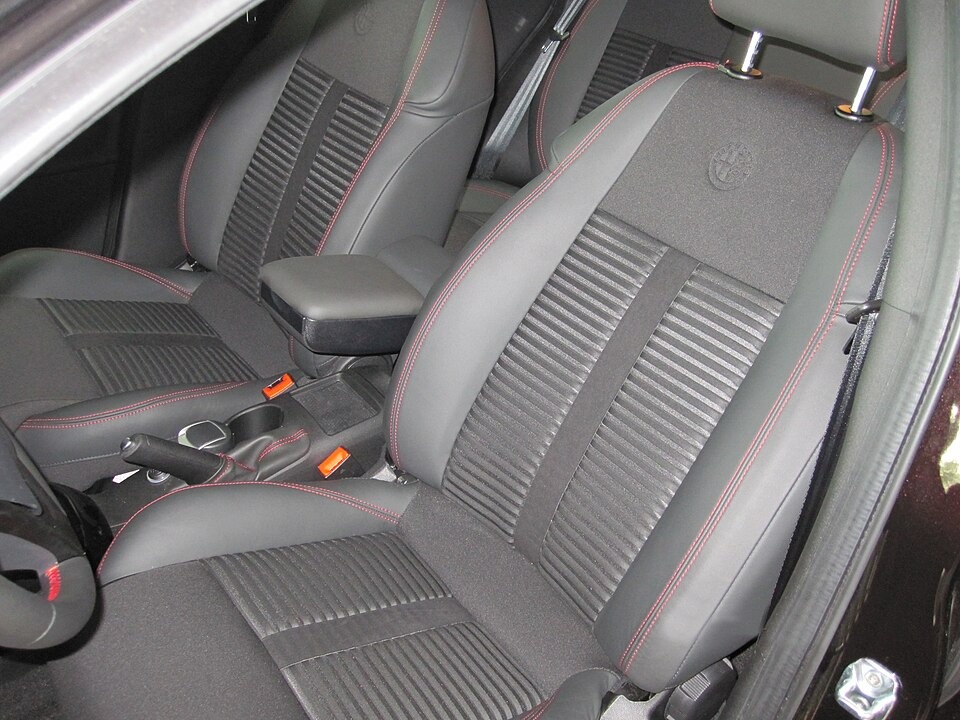
Low seat backs left necks completely vulnerable during rear-end collisions.
Most seats topped out around shoulder height, offering zero protection when vehicles got rear-ended. Whiplash injuries skyrocketed as unrestrained heads snapped backward like bobbleheads in an earthquake. American cars didn’t standardize headrests until 1969, leaving a generation of drivers with chronic neck problems.
13. Exploding Steering Wheels
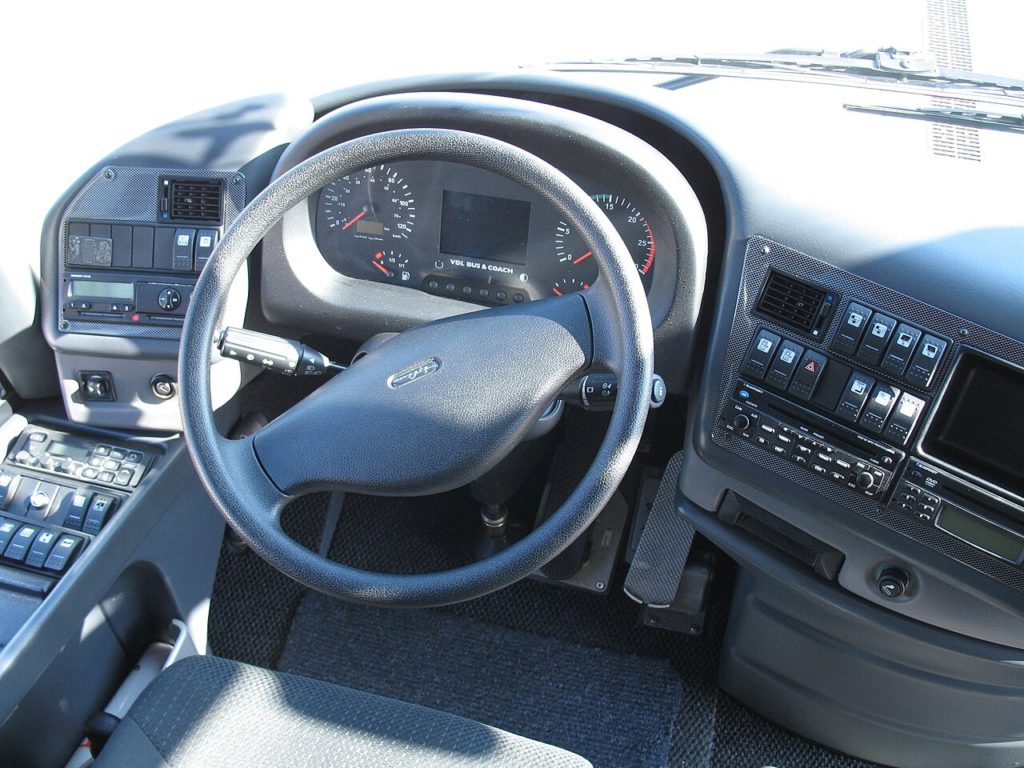
Ornate horn rings shattered on impact, sending metal shrapnel into drivers’ faces.
Decorative steering wheels featured brittle horn rings and ornamental elements that turned into projectiles during crashes. These fragile components exploded like grenades, spraying metal and plastic fragments directly at drivers’ faces. Federal safety standards finally banned these shrapnel dispensers in the late 1960s.
12. Fuel Tanks Behind the Rear Axle
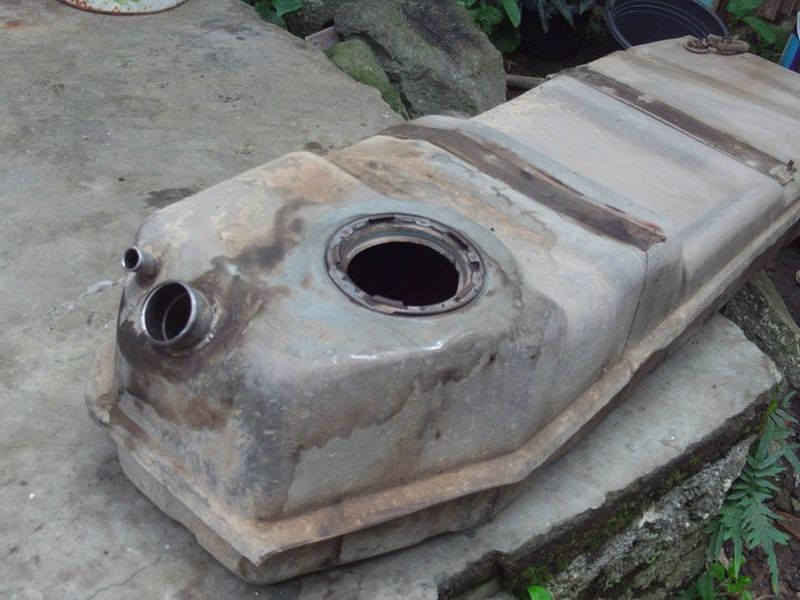
Gas tanks positioned in crush zones turned fender-benders into fire hazards.
Manufacturers routinely placed fuel tanks directly behind the rear bumper, where they absorbed the full force of rear-end collisions. Ruptured tanks spilled gasoline everywhere, often igniting from hot exhaust or electrical sparks. The Ford Pinto scandal highlighted this design flaw, though many other models shared the same dangerous placement.
11. Pop-Out Windshields
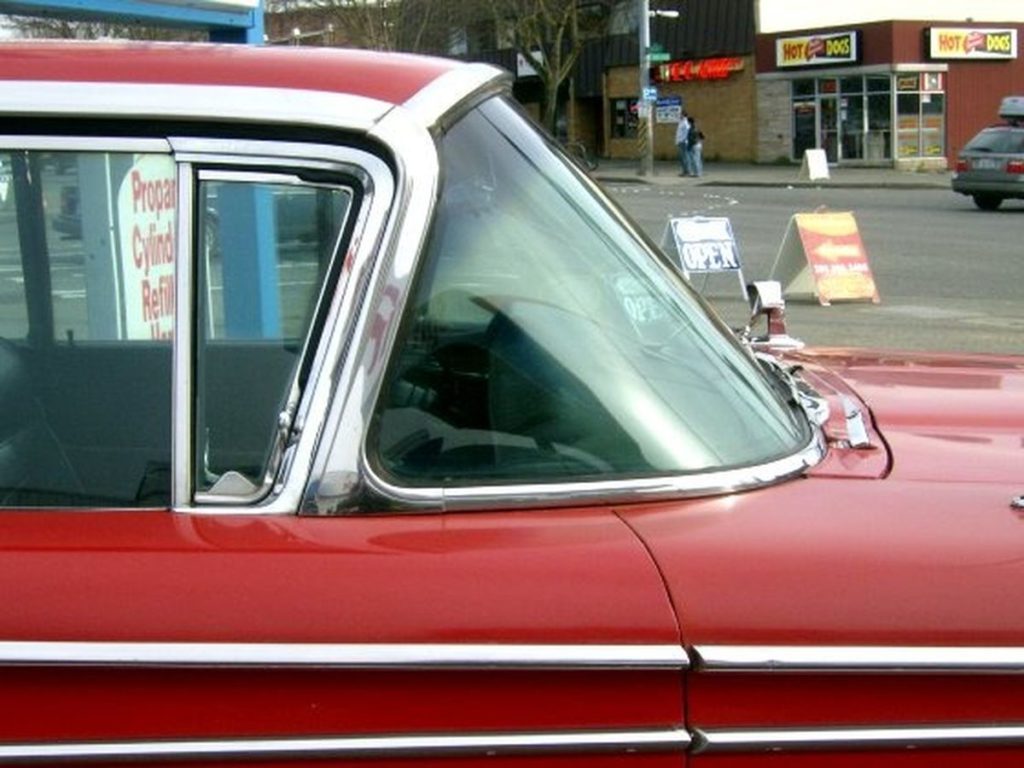
Windshields designed to eject during crashes took passengers along for the ride.
Rubber gaskets held windshields in place with the brilliant idea that they’d pop out during impacts to prevent glass injuries. In practice, these ejecting windshields created convenient passenger exits—usually at highway speeds. Unbelted occupants followed their windshields right out of the vehicle, trading potential cuts for definite death.
10. Single-Circuit Brake Systems
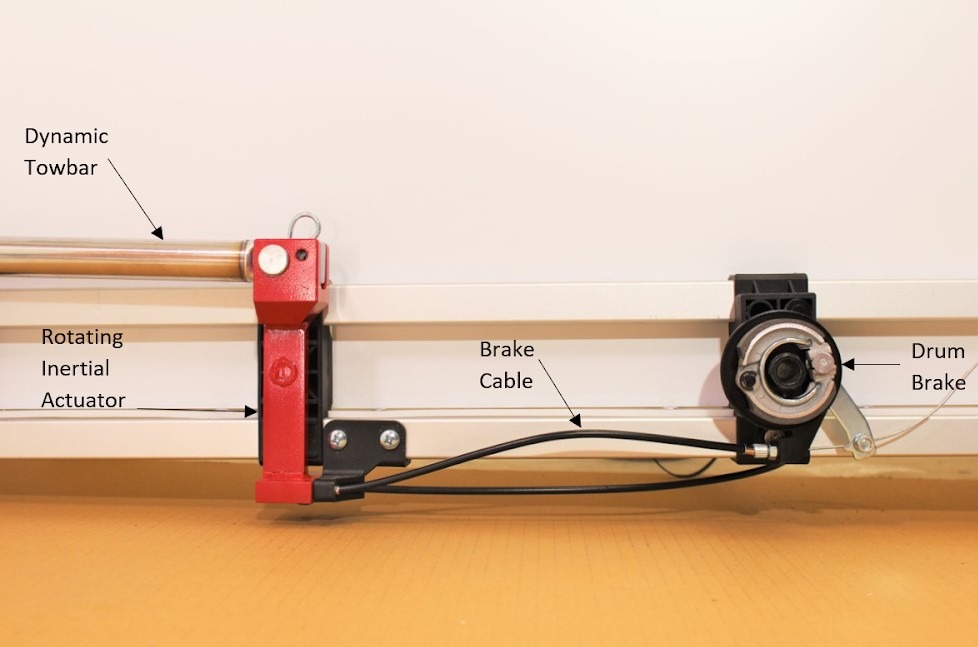
One hydraulic leak disabled all four brakes simultaneously.
Until 1967, most vehicles used a single hydraulic circuit connecting all brakes. Any leak in the system meant complete brake failure, transforming rolling stops into rolling disasters. Modern dual-circuit systems ensure that even major leaks leave drivers with some stopping power—a backup plan that seems obvious in hindsight.
9. Rigid Construction Without Crumple Zones
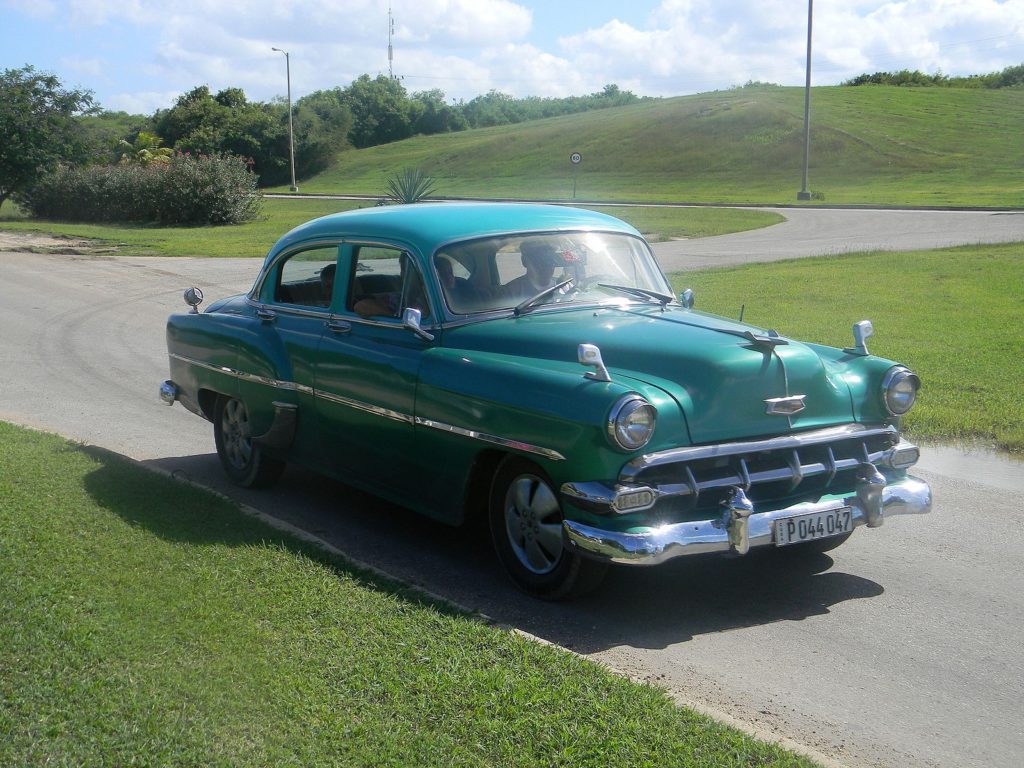
Old cars transmitted crash forces directly to passengers like medieval armor.
These vehicles were built like tanks, with rigid frames that refused to deform during impacts. While this made them durable for minor bumps, serious crashes transferred all kinetic energy straight to the passenger compartment. Occupants absorbed forces that modern crumple zones now dissipate through controlled structural collapse.
8. Bench Seats Without Belts
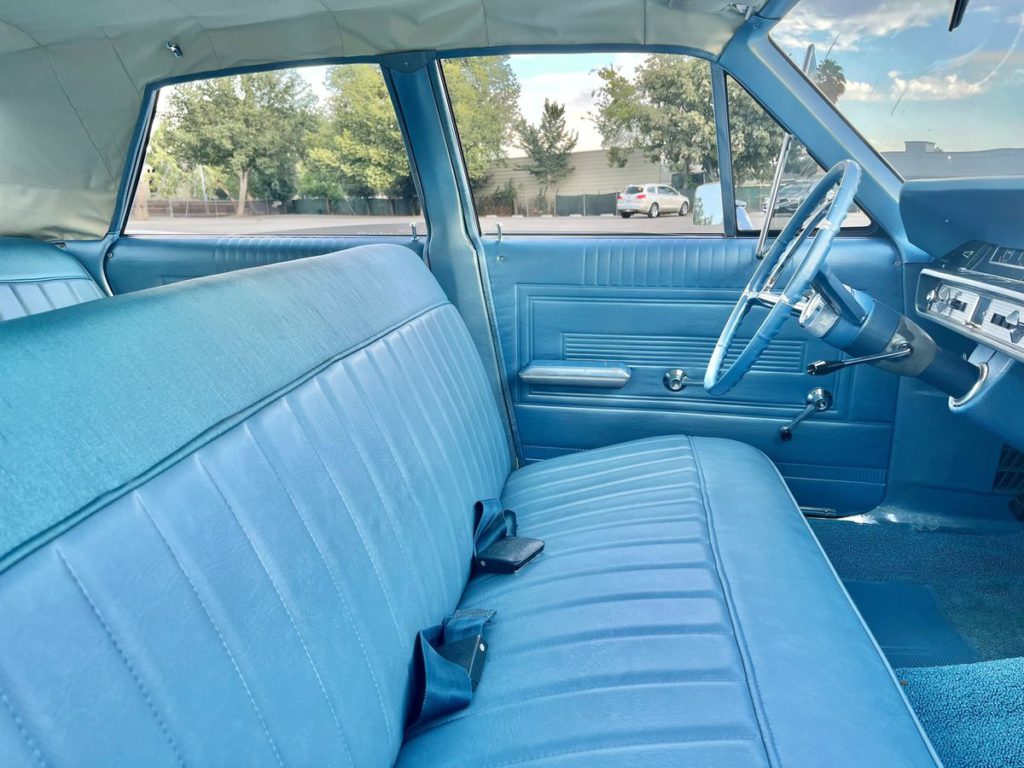
Vinyl-covered benches launched passengers around the cabin like pinballs.
Wide bench seats covered in slippery vinyl offered zero restraint during turns or collisions. Passengers slid across seats, bounced off doors, and ricocheted between interior surfaces. These mobile missile scenarios continued until bucket seats and mandatory seatbelts finally anchored people in place.
7. Swingaway Steering Wheels
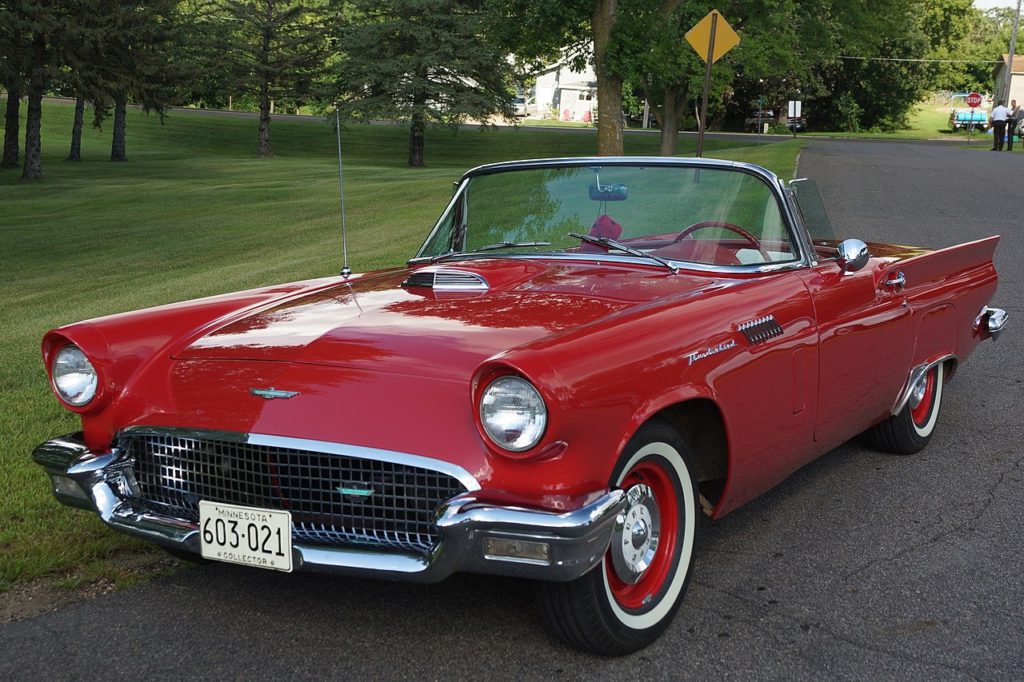
Innovative steering wheels compromised structural integrity for convenience.
Features like the Ford Thunderbird‘s swinging steering wheel seemed clever until crashes revealed their weakness. These articulating mechanisms failed unpredictably during impacts, sometimes swinging the steering wheel into occupants or leaving drivers without any means of control. Form followed function straight into the emergency room.
6. Dashboard-Mounted Ignition Keys
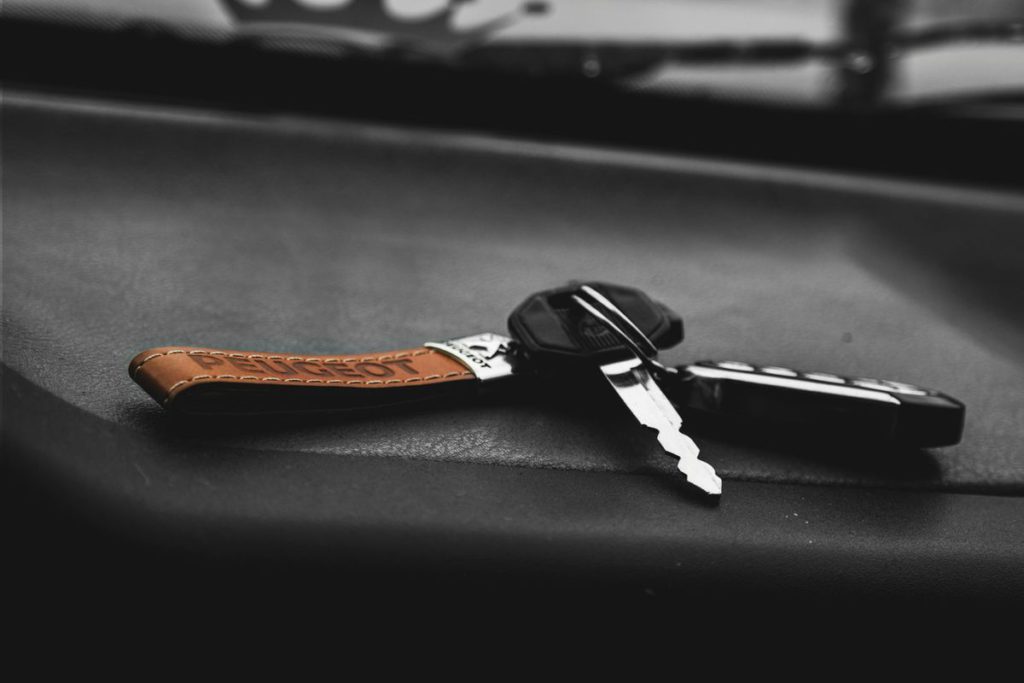
Protruding keys positioned at knee height created perfect puncture wounds.
Ignition keys stuck out from dashboards like metal daggers waiting for the right moment to strike. During frontal impacts, passengers’ legs met these protruding keys with predictable results—puncture wounds and severe leg injuries. Modern recessed ignition systems learned from this sharp lesson.
5. Thin Roof Pillars
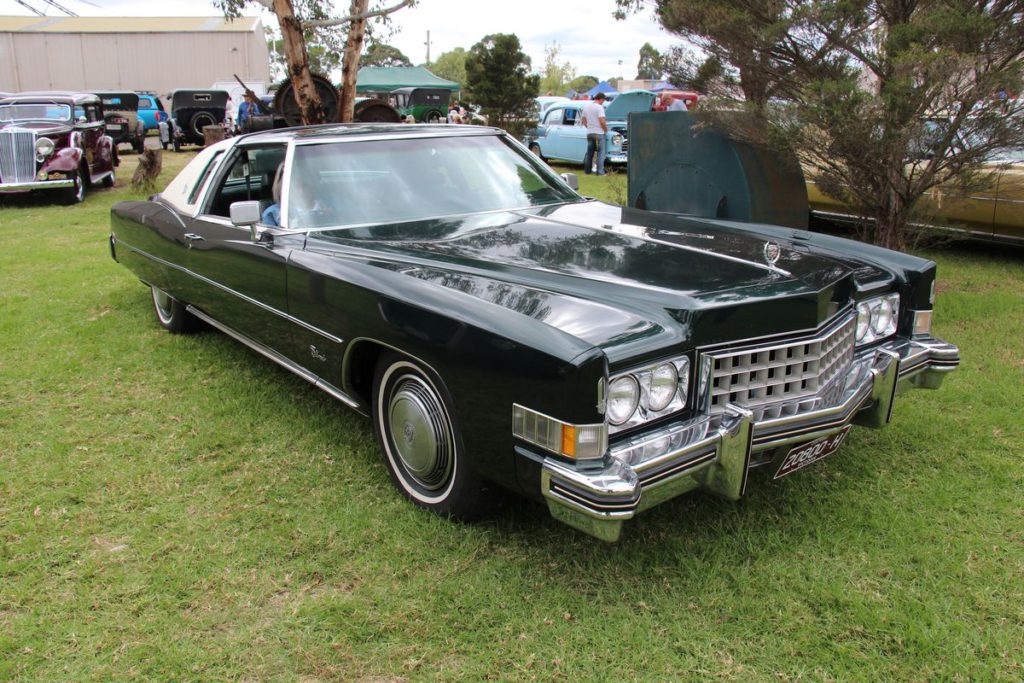
Style-focused designs eliminated crucial rollover protection.
Fashion dictated minimal roof support, creating greenhouse-like visibility at the expense of structural integrity. During rollovers, these flimsy pillars collapsed instantly, pancaking roofs onto occupants’ heads. The absence of B-pillars in many designs eliminated the last line of defense against crushing forces.
4. Sharp Hood Ornaments
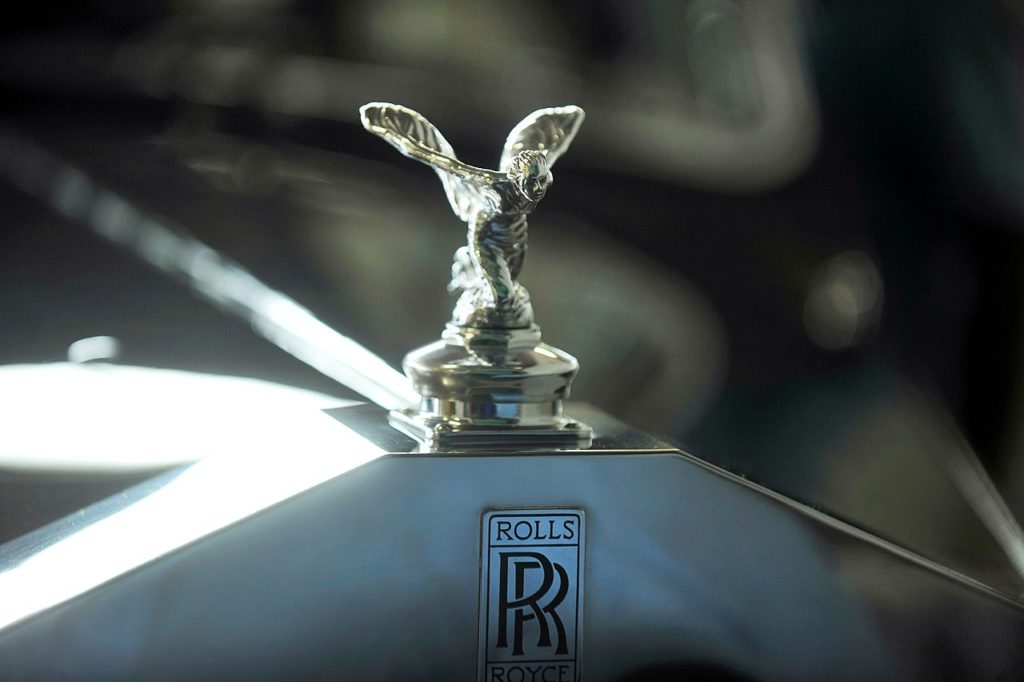
Decorative spears turned pedestrian accidents into impaling incidents.
Hood ornaments were essentially chrome sculptures designed to puncture anything they hit. Pedestrians struck by these vehicles faced razor-sharp decorations that acted like medieval weapons. Spring-loaded alternatives appeared in the 1960s, finally allowing hood ornaments to retreat rather than attack.
3. Interior Fuel System Components
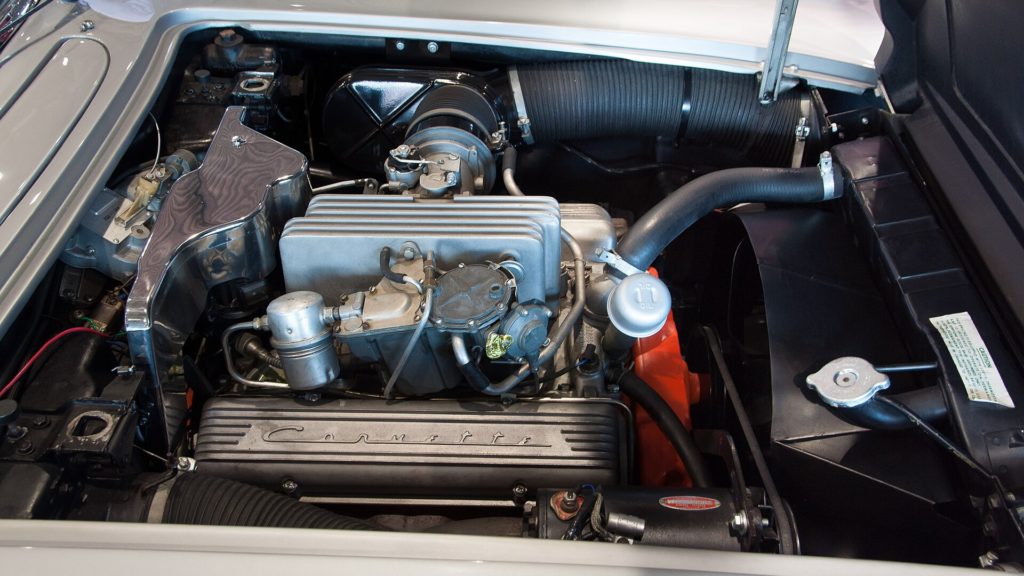
Mechanical fuel pumps and lines inside passenger compartments created mobile fire hazards.
Vehicles like Volkswagen Beetles and vans routed fuel systems through passenger areas, turning cabins into potential gas chambers. Fuel line leaks filled interiors with explosive vapors while mechanical pumps added ignition sources to the mix. Modern fuel systems learned to stay outside where they belong.
2. Non-Safety Glass Windshields

Regular plate glass created razor-sharp projectiles during impacts.
Early windshields used standard window glass that shattered into deadly fragments upon impact. Laminated safety glass existed but cost more, so manufacturers stuck with the budget option until laws forced the upgrade. Thousands of facial lacerations could have been prevented with available technology.
1. Complete Absence of Child Restraints
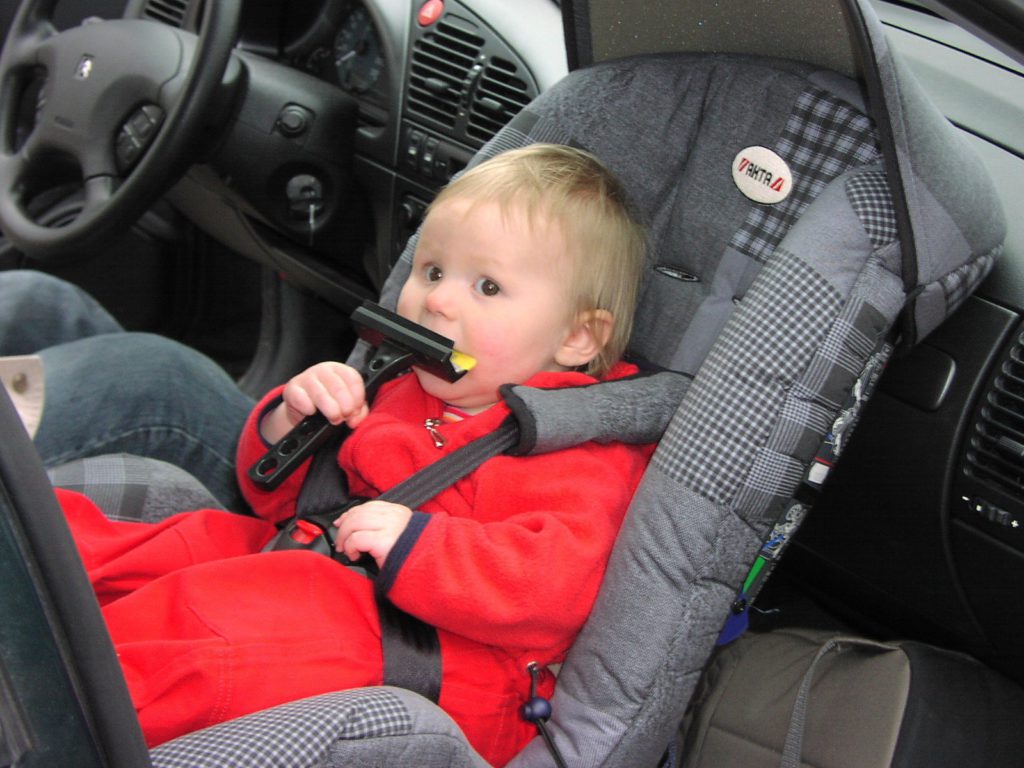
Children rode as unrestrained projectiles throughout the vehicle.
Kids stood on seats, bounced between passengers, and treated moving cars like mobile playgrounds. During crashes, unrestrained children became airborne missiles that injured themselves and others. Proper child restraint systems didn’t become common until the 1970s, leaving an entire generation to learn physics the hard way.






